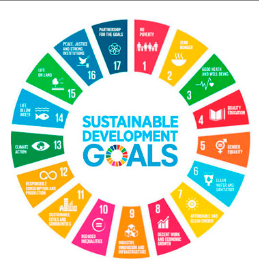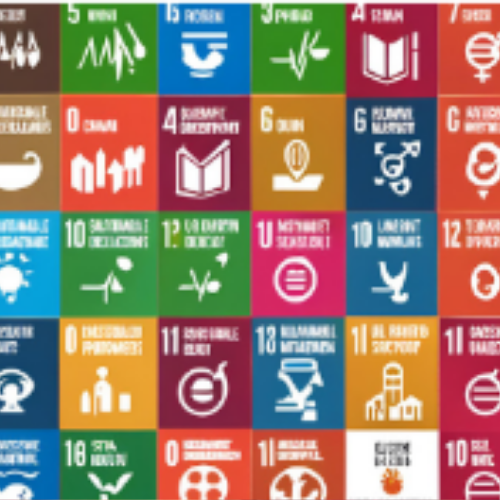
Introduction
The United Nations Sustainable Development Goals (SDGs) are a set of 17 interconnected global objectives designed to address the most pressing challenges facing humanity. Adopted in 2015 as part of the 2030 Agenda for Sustainable Development, these goals aim to eradicate poverty, protect the planet, and ensure prosperity for all by the year 2030. The SDGs build on the success of the Millennium Development Goals (MDGs) and are a universal call to action for countries, businesses, and civil society to collaborate towards a sustainable future.
Overview of the 17 SDGs
- No Poverty: End poverty in all its forms everywhere.
- Zero Hunger: End hunger, achieve food security, improve nutrition, and promote sustainable agriculture.
- Good Health and Well-being: Ensure healthy lives and promote well-being for all at all ages.
- Quality Education: Ensure inclusive and equitable quality education and promote lifelong learning opportunities for all.
- Gender Equality: Achieve gender equality and empower all women and girls.
- Clean Water and Sanitation: Ensure availability and sustainable management of water and sanitation for all.
- Affordable and Clean Energy: Ensure access to affordable, reliable, sustainable, and modern energy for all.
- Decent Work and Economic Growth: Promote sustained, inclusive, and sustainable economic growth, full and productive employment, and decent work for all.
- Industry, Innovation, and Infrastructure: Build resilient infrastructure, promote inclusive and sustainable industrialisation and foster innovation.
- Reduced Inequalities: Reduce inequality within and among countries.
- Sustainable Cities and Communities: Make cities and human settlements inclusive, safe, resilient, and sustainable.
- Responsible Consumption and Production: Ensure sustainable consumption and production patterns.
- Climate Action: Take urgent action to combat climate change and its impacts.
- Life Below Water: Conserve and sustainably use the oceans, seas, and marine resources for sustainable development.
- Life on Land: Protect, restore, and promote sustainable use of terrestrial ecosystems, manage forests sustainably, combat desertification, halt and reverse land degradation, and halt biodiversity loss.
- Peace, Justice, and Strong Institutions: Promote peaceful and inclusive societies for sustainable development, provide access to justice for all, and build effective, accountable, and inclusive institutions at all levels.
- Partnerships for the Goals: Strengthen the means of implementation and revitalize the global partnership for sustainable development.
Progress and Challenges
Progress
Since their adoption, significant progress has been made in various areas:
- Poverty Reduction: The global poverty rate has declined, and millions have been lifted out of extreme poverty.
- Health Improvements: There have been reductions in maternal and child mortality rates, and substantial progress in combating diseases like malaria and tuberculosis.
- Education Access: Enrolment rates in primary education have improved, especially for girls.
- Clean Energy: Renewable energy capacity has significantly increased worldwide.
Challenges
However, numerous challenges remain:
- Inequality: Income inequality remains a critical issue within and between countries.
- Climate Change: Global efforts to combat climate change are insufficient, with increasing greenhouse gas emissions.
- Conflicts and Instability: Armed conflicts and political instability hinder progress in many regions.
- Pandemic Impact: The COVID-19 pandemic has reversed years of progress in poverty reduction and healthcare improvements.
Key Areas of Focus
- Inclusive Development: Ensuring that the benefits of development reach all sections of society, particularly the marginalised and vulnerable groups.
- Climate Action: Enhancing efforts to mitigate climate change and adapt to its impacts.
- Innovation and Technology: Leveraging innovation and technology to drive sustainable development.
- Partnerships and Collaboration: Strengthening international cooperation and partnerships to mobilise resources and expertise.
Conclusion
The SDGs represent a comprehensive and ambitious blueprint for sustainable development. Achieving these goals requires a concerted effort from governments, businesses, civil society, and individuals. While significant progress has been made, there is a need for accelerated action and enhanced collaboration to overcome the existing challenges. The success of the SDGs will be measured by the collective impact of global efforts in creating a more equitable, sustainable, and prosperous world for future generations.
